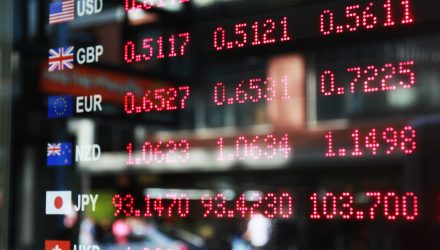The Federal Reserve raised the interest rates by another 25 basis points on Wednesday, which should put a damper on gains for international markets with a stronger dollar, but that shouldn’t discourage investors from allocating capital overseas. Moreover, if an investor does decide to invest internationally, he or she should be aware of the currency risks associated with these investments and consider the necessary factors to hedge appropriately.
“It’s a trade that America isn’t fundamentally really doing,” said Rob Bush, Head of U.S. Product Strategy at DWS Group.
Investing overseas without currency hedging would be akin to flying blind. International markets correlate with the movement of their respective currency, but investors may not be aware of the associated risks.
“You’ve got this enormous potential out there to convince people that they should be thinking more about the currency in their portfolio and the role that it plays,” said Bush.
The 2 Rs and 2 Cs
Bush cites return, risk, correlation and cost as the four factors to consider when it comes to currency hedging. As mentioned, market movements in international equities can correspond directly with the local currencies.
“You actually have to think about risk that currencies bring to the portfolio,” said Bush. “To do that properly, you have to think bout the correlation between currencies and equities.”
A stronger dollar has certainly tamped down demand for international and emerging markets in 2018, but a more dovish-sounding Federal Reserve could awaken these opportunities abroad. Bush cites the worst thing an investor can do is stay un-invested.
“People find reasons not to invest and that’s a problem,” said Bush.

